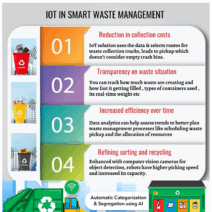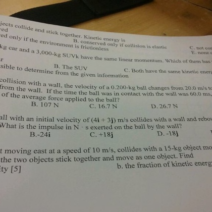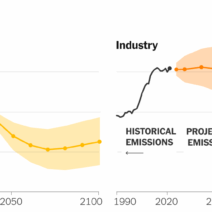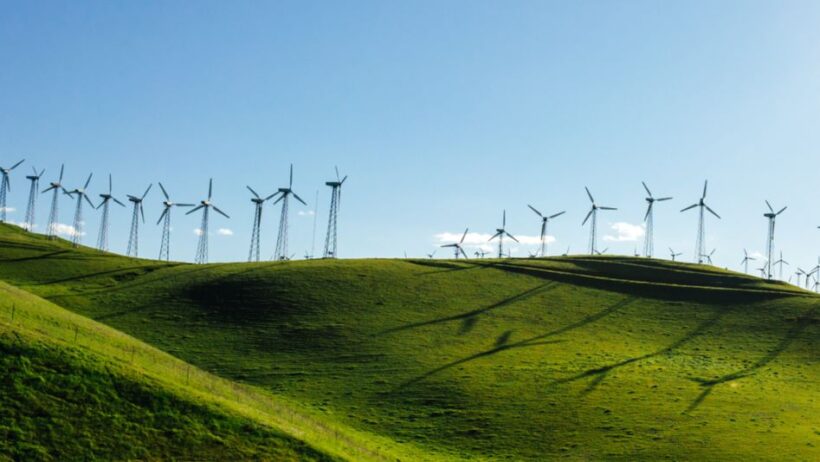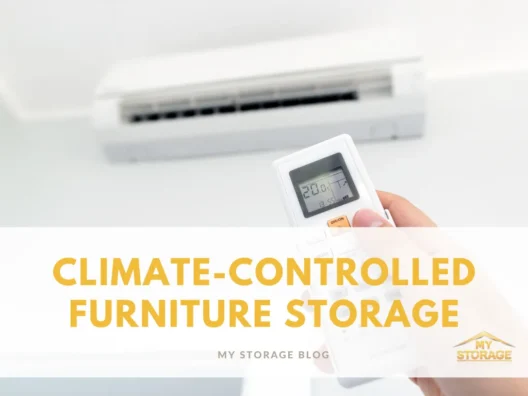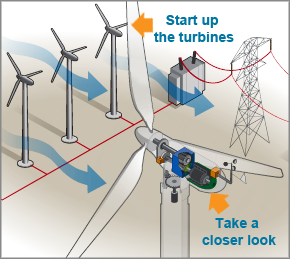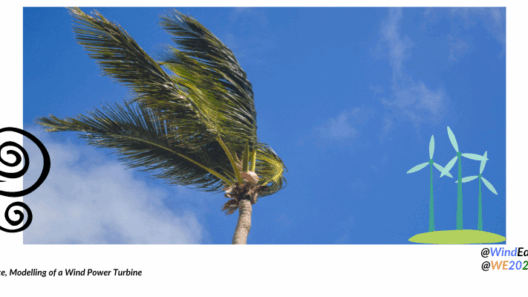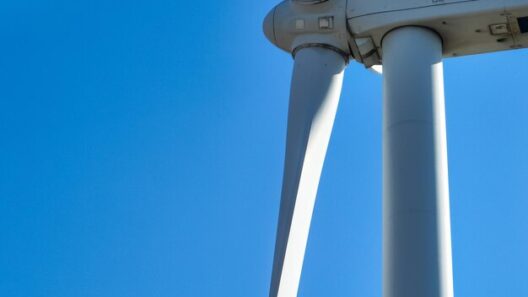Wind energy has emerged as one of the foremost renewable resources in our quest for sustainable energy solutions. Identifying optimal locations for harnessing this power is paramount as wind energy’s efficacy hinges not only on wind speed but also on the geography, climate, and ecology of the area. So, where exactly does one find the best windy locales? Let’s delve into the complex tapestry of geography and meteorology that delineates prime wind energy sites.
Understanding wind patterns is crucial. Regions that experience high wind speeds consistently throughout the year are prime candidates for wind energy development. These areas often showcase unique geographical features that enhance wind flow, such as mountains, valleys, and wide-open plains.
In many ways, this search for the perfect wind location can feel like a game of hide-and-seek. Which regions will come out on top, and will they be able to coexist harmoniously with local ecosystems? Can communities embrace this energy transformation? Let’s navigate through the criteria for identifying these crucial areas.
**Geographical Features and Wind Flow**
Wind flow is heavily influenced by geographical features. Coastal regions are particularly favorable due to the ocean’s influence on wind patterns. The interaction of warm and cold air masses leads to powerful wind currents that can be harnessed effectively. Areas like the Pacific Northwest of the United States stand out with their robust coastal winds. Similarly, regions near large lakes, where land and water breezes collide, can also prove productive.
Inland plains, particularly those in the Midwest of the U.S., present vast expanses devoid of obstacles that could disrupt wind flow. The infamous “Wind Corridor” stretches across states like Texas, Oklahoma, and Kansas, where the flat terrain allows for minimal friction, enabling strong, uninterrupted winds. However, while these regions are ideal for wind farms, they face challenges such as land use conflicts and ecological considerations.
Mountains and hills can also create exciting potential for wind energy generation. The phenomenon known as orographic lift can amplify wind speeds as air flows over elevated terrain. Areas like the Rocky Mountains can harbor some of the most prolific wind farms, although the installation of turbines in such rugged terrain can be logistically complicated. The allure of harnessing these mountainous winds necessitates a delicate balance between nature and technology.
**Wind Patterns and Climate Considerations**
Beyond geographical position, wind energy locations must be assessed through the lens of climatic conditions. Wind energy potential is highest in locations where wind patterns are consistent; this is predominantly true in regions characterized by a temperate climate. The seasonal variations of wind speed can significantly affect the viability of wind power production. In some areas, winds peak in winter or summer months, impacting overall energy output for the entire year.
Moreover, regions that experience high-pressure systems tend to sustain steadier winds. For instance, the Great Plains of the United States benefit from this climate dynamic, allowing turbines to capture energy even during calm weather conditions. However, the intermittency of wind remains a challenge; ensuring energy reliability is crucial as communities increasingly rely on wind generation.
Additionally, changes in climate due to global warming can alter existing wind patterns. Any shift could introduce variable wind speeds and frequencies, posing a challenge to the long-term sustainability of wind energy systems. As society leans more heavily into wind energy, resilience to climatic changes becomes a vital factor to consider in project planning and site selection.
**Urban vs. Rural: The Location Dilemma**
As cities burgeon, the question of whether to harness wind energy within urban environments or to focus on rural projects arises. Urban spaces present unique challenges; significant obstructions from buildings and other structures can lead to turbulent wind patterns that diminish energy efficiency. However, tall buildings can also be equipped with small wind turbines, allowing for localized energy solutions amidst the urban sprawl. Isn’t it intriguing to ponder—can cities become little powerhouses of wind energy?
On the other hand, rural areas are typically more conducive to large-scale wind farms. They usually have the space necessary to deploy multiple turbines without the hindrance of surrounding structures. Yet, the challenge arises in balancing community acceptance. Large turbines and their potential visual and auditory impacts can lead to opposition from local residents. This invites an essential dialogue: how do we successfully integrate wind energy without disrupting local habitats and lifestyles?
**Turbine Technology and Innovations: The Future of Wind Locations**
As we venture further into the era of renewable resources, technological advancements continue to redefine the criteria for locating wind energy projects. Innovations in turbine design have increased efficiencies and broadened potential energy capture areas. Companies are now experimenting with vertical-axis turbines, which can operate more effectively in turbulent urban environments. This evolution begs the question: will urban landscapes soon be dotted with elegantly designed turbines harnessing wind energy, thus redefining our skylines?
The selection of sites for wind energy development is multi-faceted and requires careful consideration of geographical features, wind patterns, climatic conditions, and community dynamics. While the challenge of embracing wind energy can seem daunting, the rewards of sustainable power generation are profound. By fostering innovation and open dialogue about potential concerns, communities can create a harmonious relationship with the wind—a relationship that promises a cleaner energy future.
As we strive for a sustainable tomorrow, the question must be asked: are we ready to meet the winds of change head-on?
